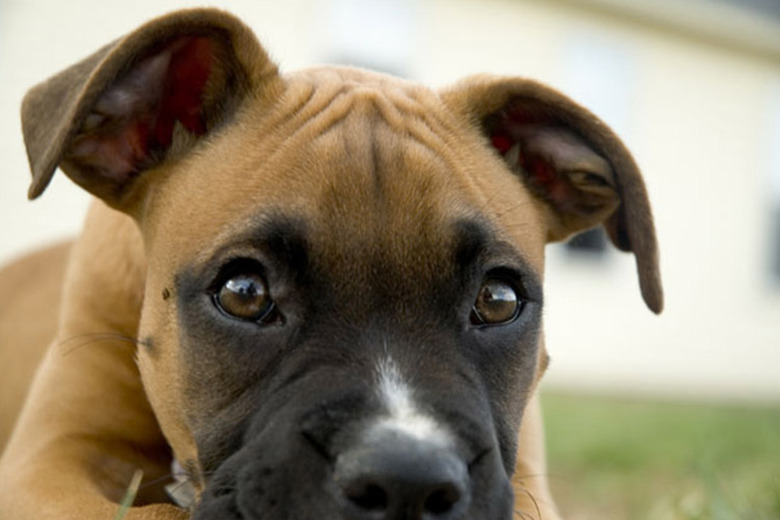Moles On Dogs: Identification And Treatment For Benign And Malignant Skin Growths
Identifying and Treating Moles on Dogs
Identifying and Treating Moles on Dogs
If while grooming your dog you find small spots or bumps you've never noticed before, you may be tempted to diagnose, or even remove them, yourself. However, it's always best to leave both diagnosis and treatment to a trained professional! Fortunately, many moles and growths on a dog's skin are quite normal and benign, though others are cause for concern. Your vet will be able to help you discern for certain, but read on for some general info about skin marks and growths.
Skin tags on a dog
Skin tags are common on dogs; they increase in number as dogs age.They look a little bit like warts but are more flexible and often longer and narrower. It's not clear why they appear, but it's likely their development has something to do with allergy sensitivities or genetics, just as some people are more prone to moles. Skin tags are usually benign and do not need attention unless they become inflamed or infected. Damage to a skin tag could result in infection, though, so if your dog scratches his skin tags or if they appear on his tail or another body part where they are likely to be bumped, have him checked out by your vet, who may recommend removal.
Moles on a dog and other benign growths
Moles on a dog and other benign growths
Moles on dogs are common, especially on dogs with darker pigment in their skin. The scientific name for moles on dogs is sebaceous adenomas. They can appear anywhere on the body, much like skin tags. They differ from skin tags in structure and texture. Skin tags tend to be small and floppy, but moles are flatter and harder. To find them, rub your hands along your dog's body under the fur where you will be able to feel and see them easily. Exposure to the sun can make your dog more prone to moles. They are slow-growing and are usually benign. Watch for any changes in shape, size or texture of the mole.
Cancerous or malignant growths
Cancerous or malignant growths
Since most skin tags and moles are benign, or noncancerous, they're usually nothing to worry about. But if you do see changes in size, texture or shape of a mole or growth, you need to take your dog to the vet for a definitive diagnosis and treatment options. According to Dr. Wendy Lavalle, a South Florida veterinarian specializing in canine and feline cancer, the majority of cutaneous, or "of the skin," growths and subcutaneous "under the skin" growths in dogs are benign. However, the incidence of malignant tumors increases with age and is twice as likely with purebred dogs than with mixes. She stresses that early treatment is key to a good prognosis.
Malignant tumors on a dog
Malignant tumors on a dog
Dr. Lavalle says the aggression of malignant tumors varies. "Some are locally invasive and can become ulcerated and infected. Other malignant tumors are more aggressive and can metastasize (spread to distant locations such as lungs, lymph nodes and other organs) and become locally destructive." So early intervention is critical to your dog's prognosis. Mast cell tumors are the most common skin tumor in dogs; they range from benign to highly malignant.
These tumors can have a varied appearance, but one thing they have in common is the ability to grow larger and suddenly decrease in size. Dr. Lavalle explains that the sudden changes are a result of "the release of histamine — a chemical released during allergic reactions — which is why your skin becomes swollen and red after an ant bite or bee sting."
The bottom line
The bottom line
As a pet parent, you might be brushing or petting your dog and feel something on their skin that you hadn't noticed before. Many moles and growths on a dog's skin are quite normal and are harmless. But some are not. your veterinarian will be the best person to help you discover if a skin growth is something that can be ignored or is something that needs treatment.
